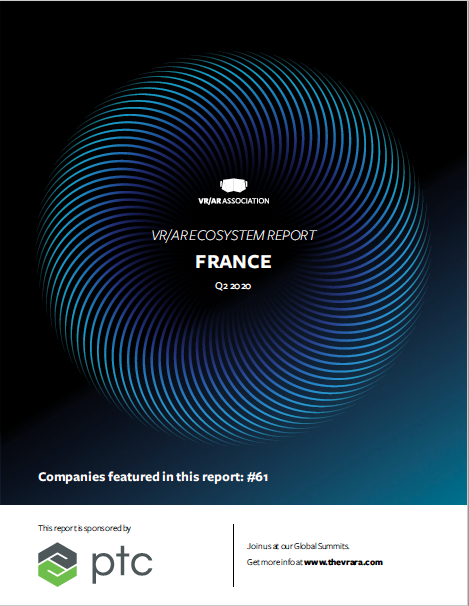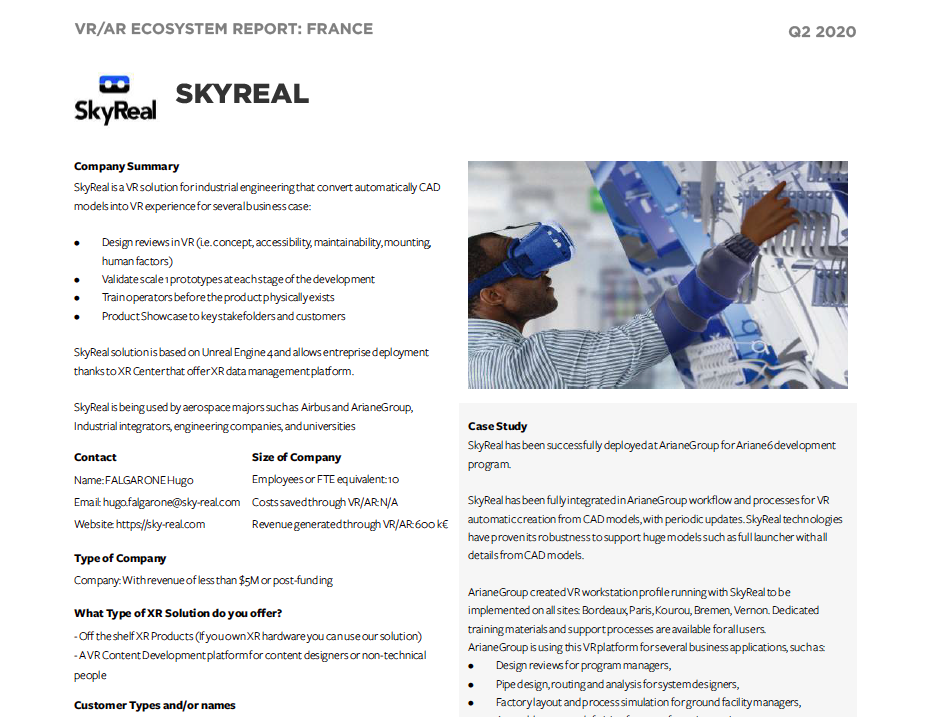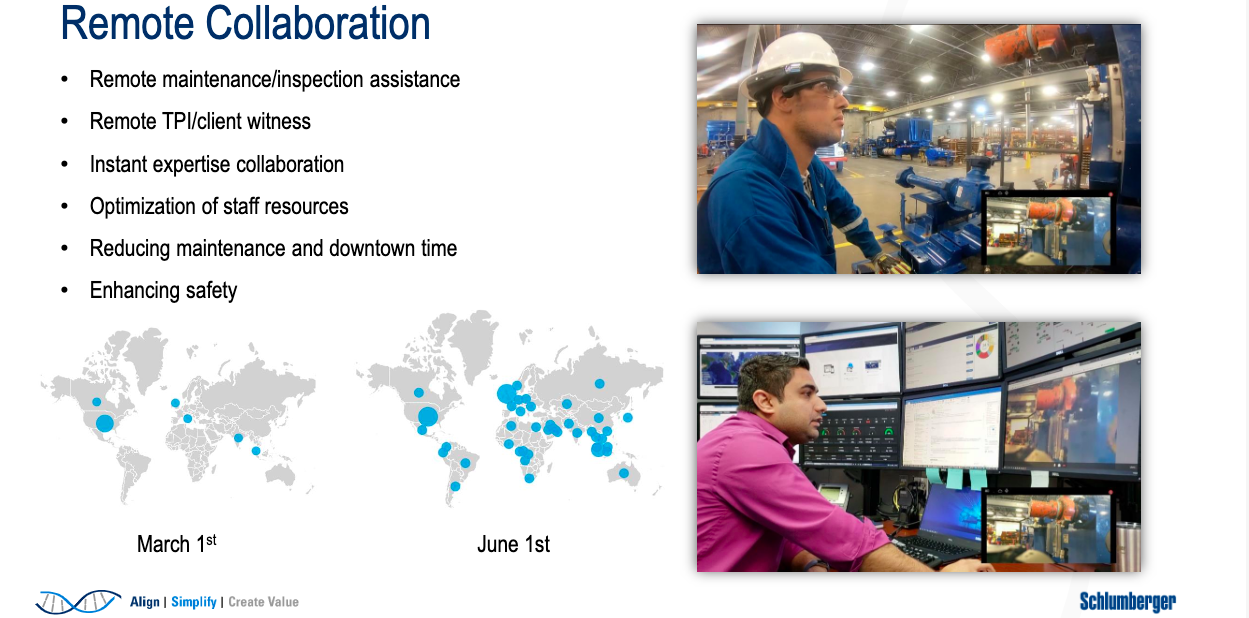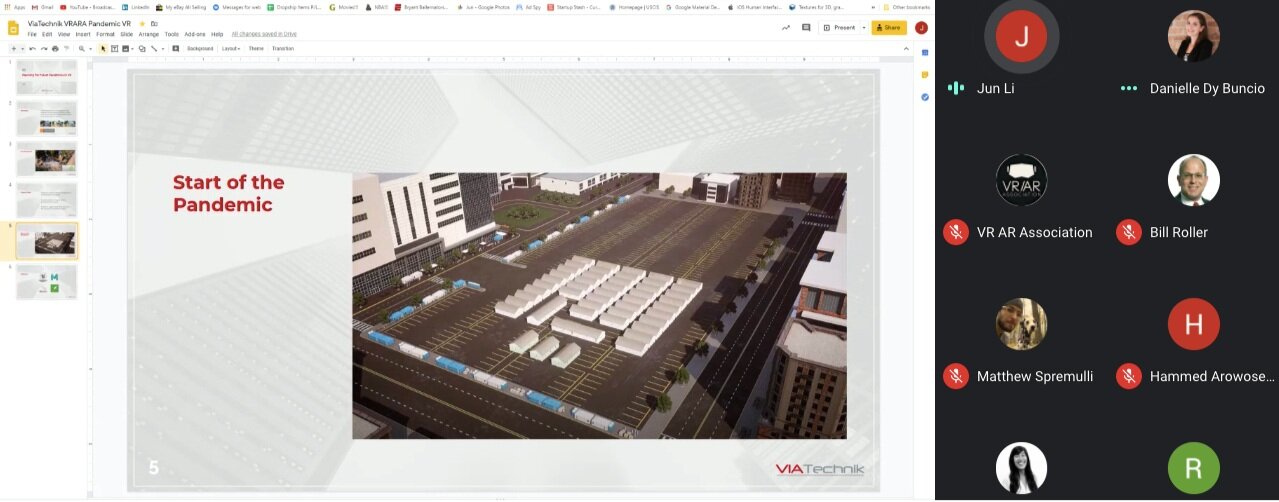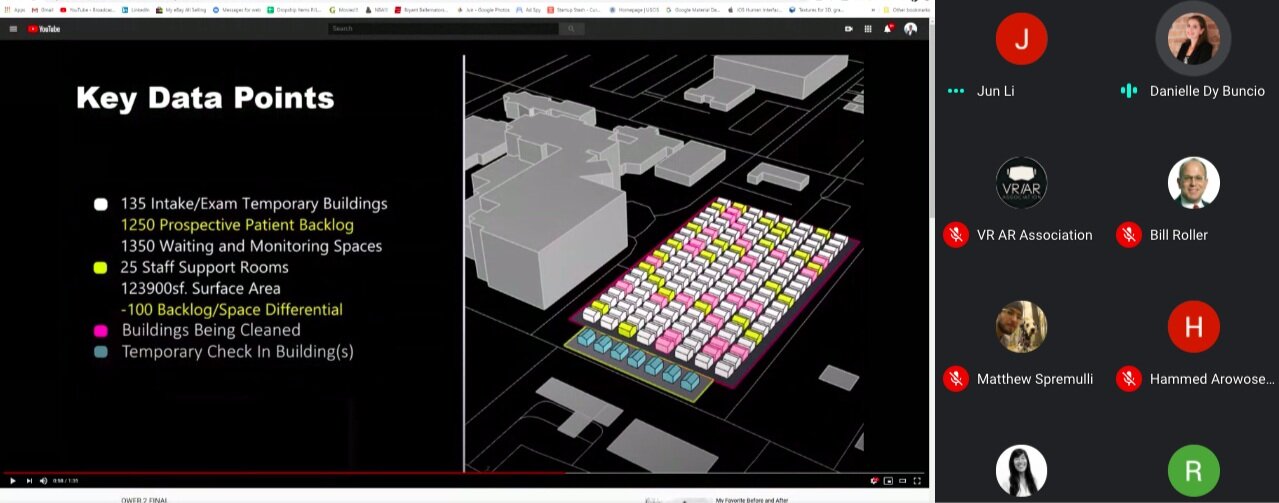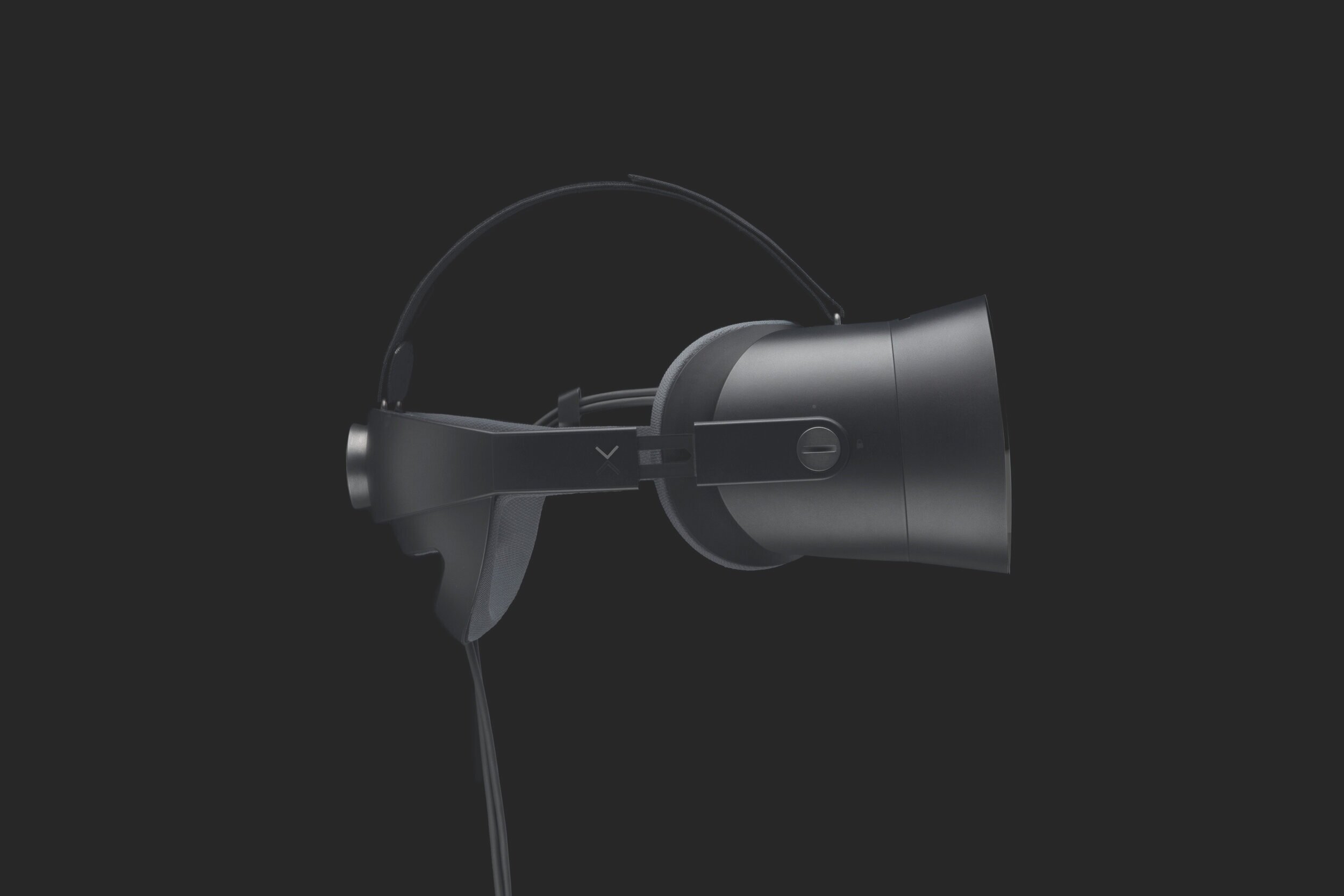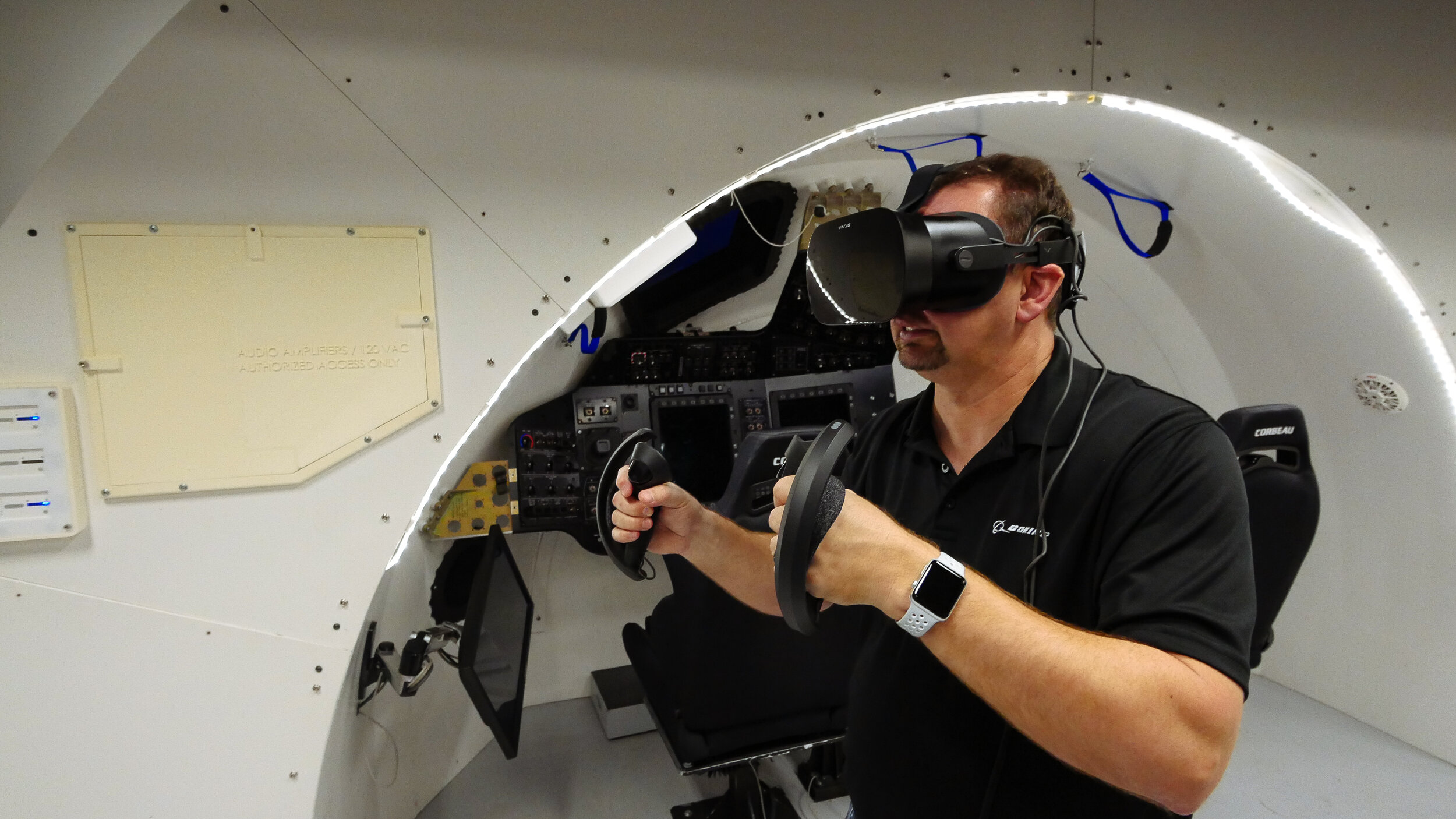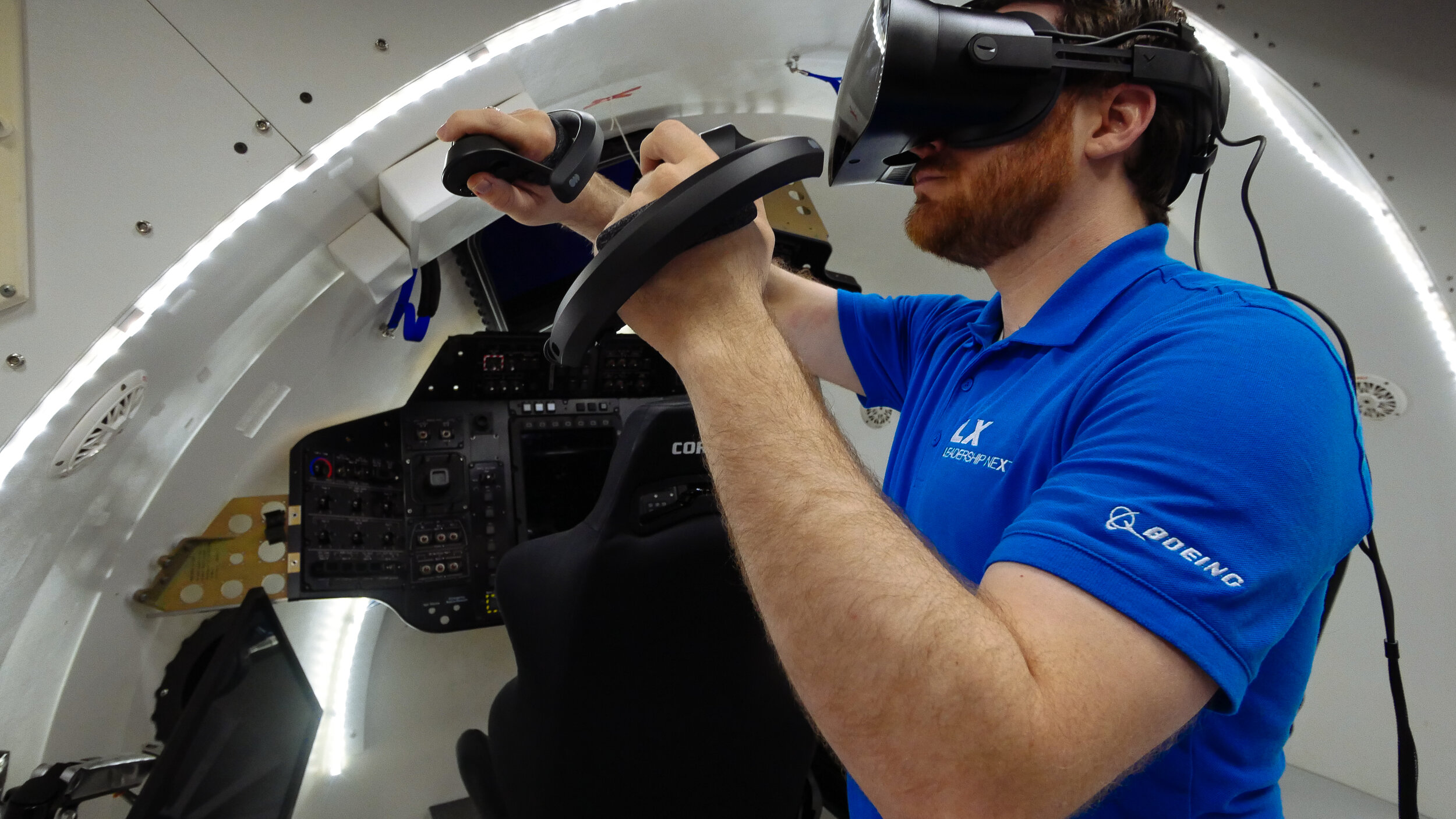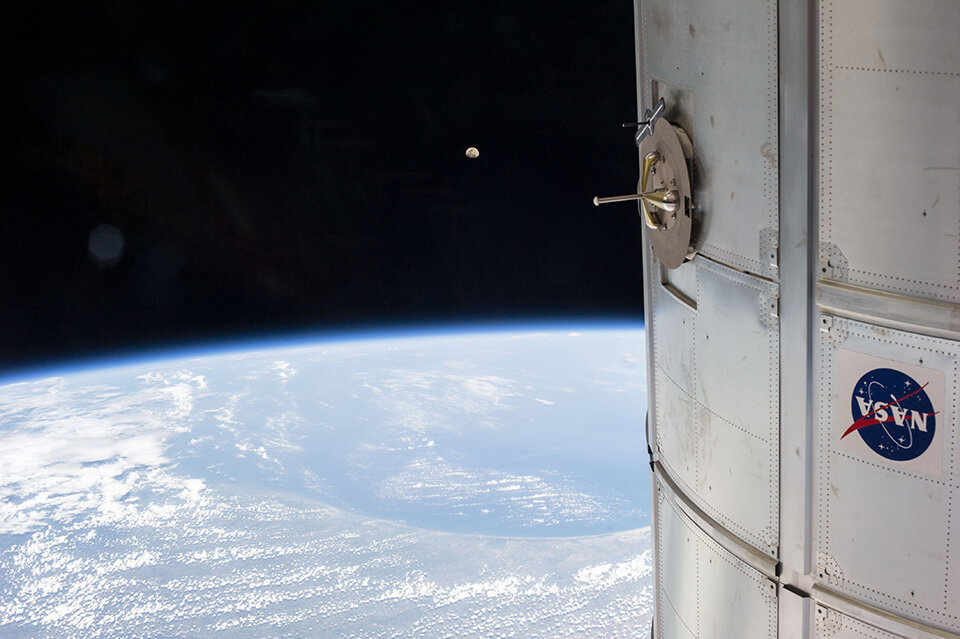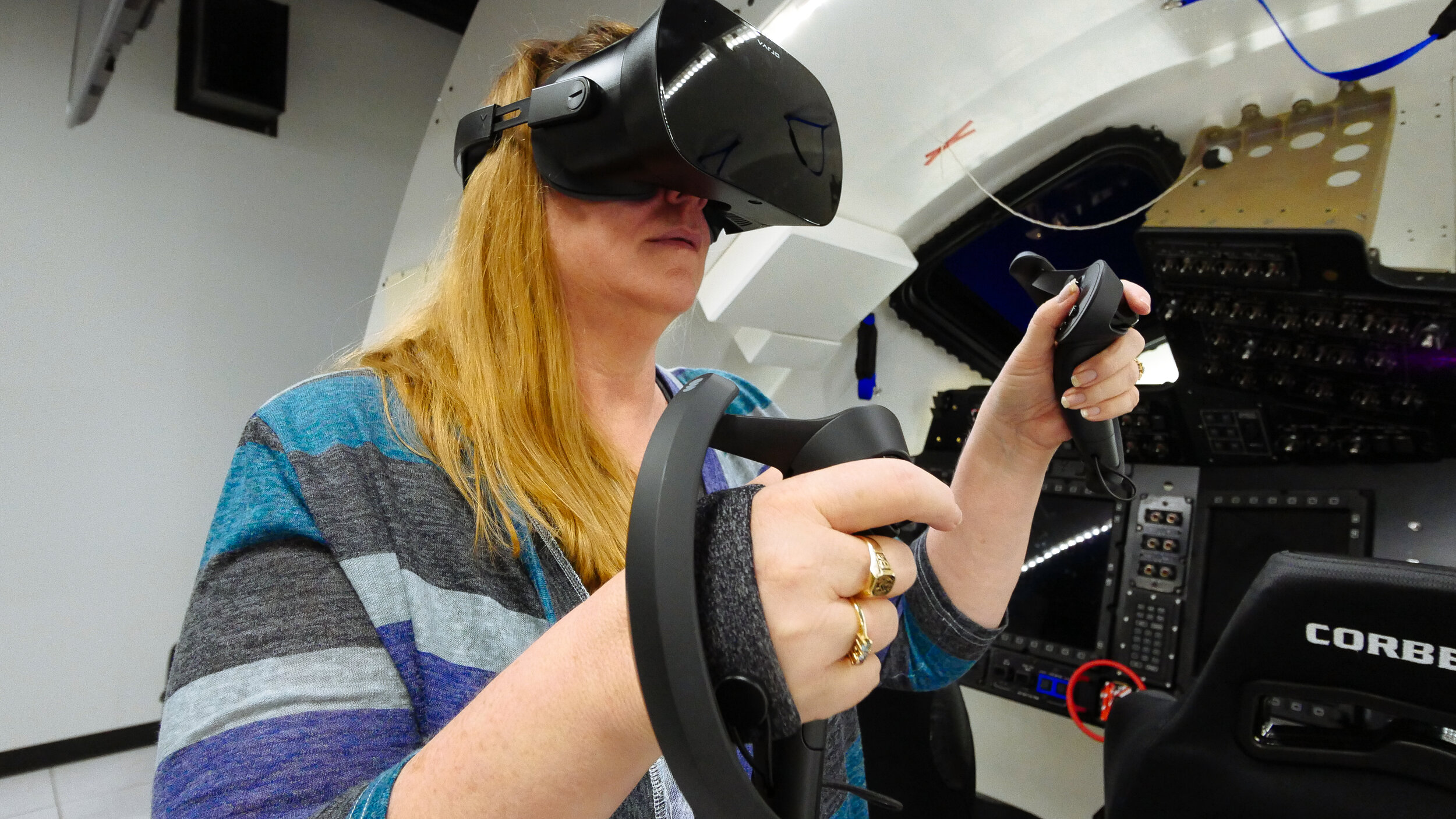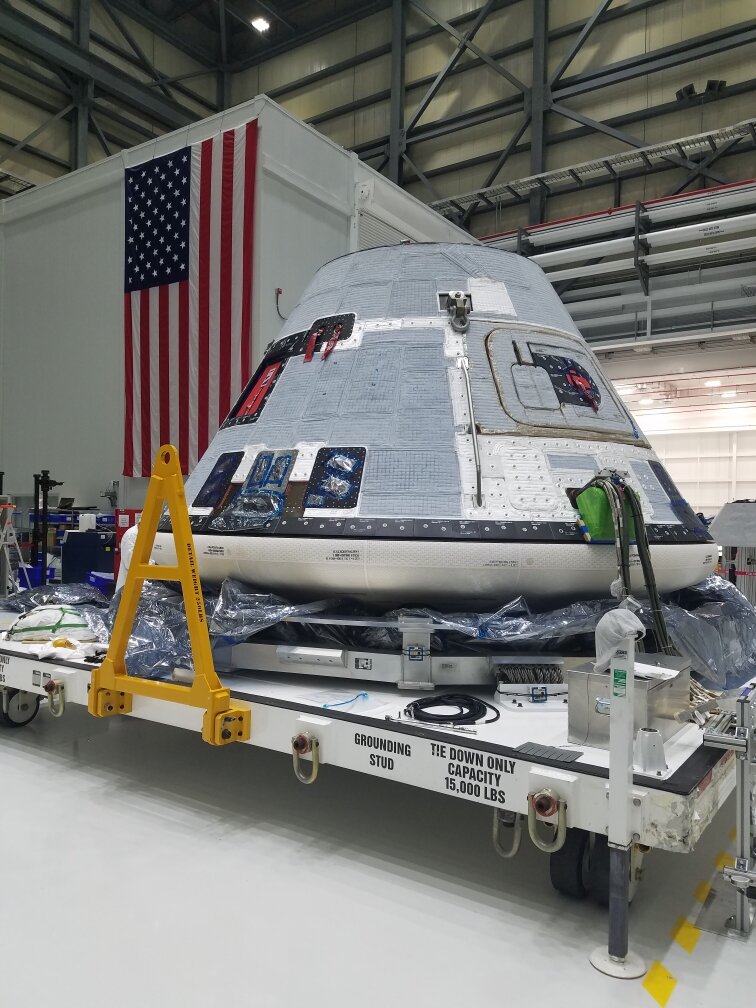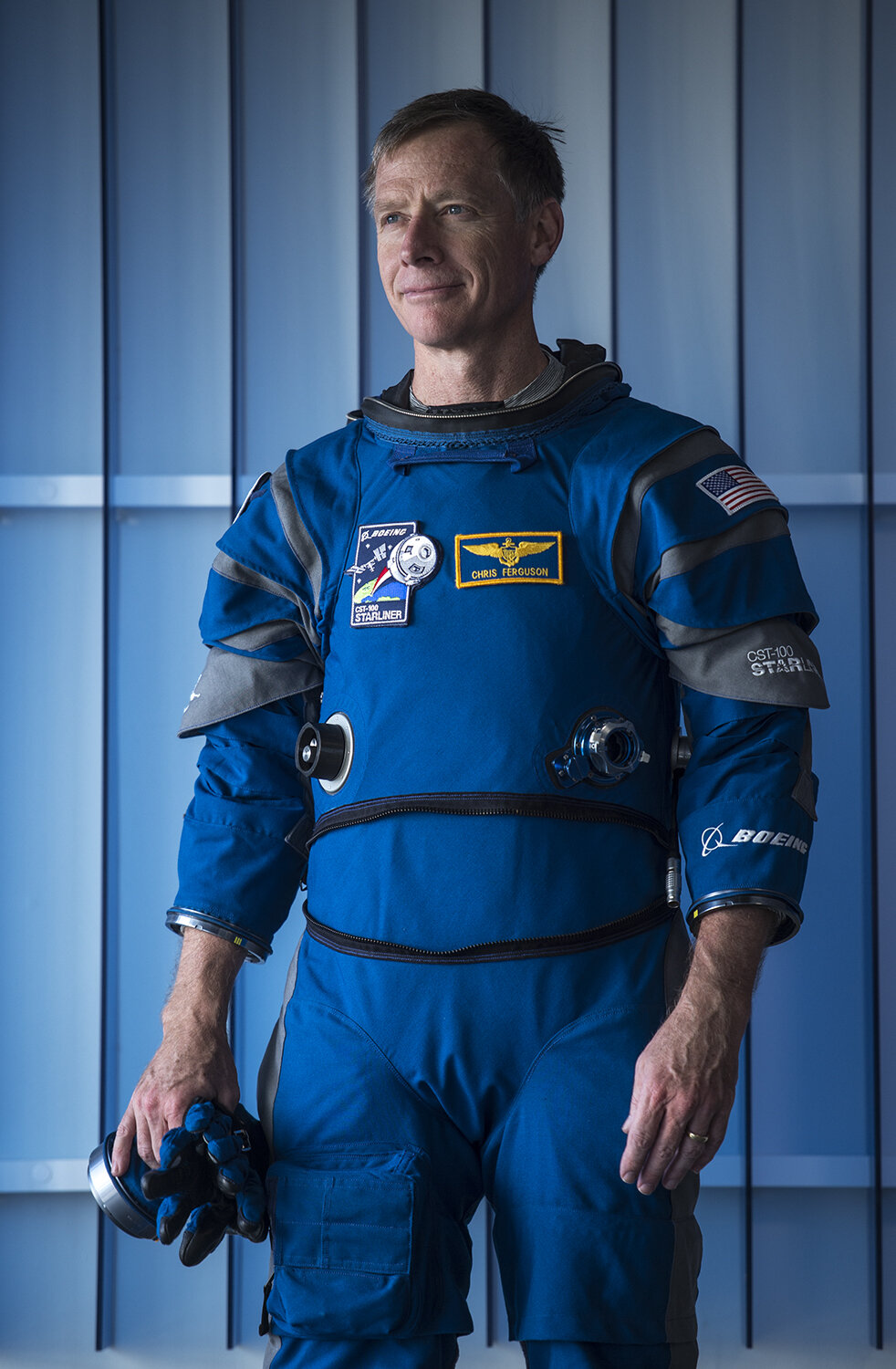AVATAR Partners, an innovator in extended reality (XR) software solutions for heavy-duty commercial and military applications, is the first company to be named to dual status as both a Platinum Reseller and a Managed Delivery Partner for Unity, the ubiquitous software development language for augmented reality, virtual reality and mixed reality applications.
The focus of the relationship between AVATAR and Unity will be on developing and serving opportunities for XR solutions in key industrial sectors such as AEC (architecture, engineering, construction), ATM (advanced transportation and manufacturing) and aerospace where demand for high-performance, reliable XR solutions is growing rapidly.
“This is a very exciting time for real-time, immersive technologies with fundamental shifts going on in the way people work,” said AVATAR Partners CEO and Founder Marlo Brooke. “We are very pleased to expand our relationship with Unity to bring the benefits of extended reality to an even wider range of potential users.”
The appointment of AVATAR to these two prestigious posts follows a successful track record of projects between the two companies involving Unity products such as Reflect, as well as unity-based AVATAR solutions like Avatar CONNECT, SimplifyXR and the Augmented Reality Maintenance Aid (ARMA).
As a Unity Platinum Reseller, AVATAR will provide Unity solutions for any users, regardless of whether they are an AVATAR customer. In its role as a Managed Delivery Partner, AVATAR will provide a complete set of services including hardware/software purchasing, installation and testing for both AVATAR customers and Unity-generated customers. This comprehensive approach will span the evaluation, analysis, development and sustainment lifecycle to ensure that the Unity platform is optimally utilized.
“We anticipate strong results from this special relationship. It will help further open doors in the industrial market and have a positive impact on how Unity is perceived in the marketplace,” said DJ Parenti, Manager of Strategic Partnerships, Managed Delivery for Unity. “Our goal is to work closely with AVATAR as a trusted partner based on their market presence and their solutions that are proven to add significant value in the industries they serve.”
From business and gap analysis, content development and data integration through product sustainment, AVATAR Partners develops easily maintainable, heavy-duty XR solutions. The company’s strengths and accomplishments are based on a highly skilled, closely aligned and comprehensive team that addresses the full AR/MR development lifecycle in agile sprints, producing very high-quality products cost-effectively. Capabilities include mechanical and system engineers, instructional system designers, storyboarding creators, human factors (UI/UX) designers, multimedia and graphic experts, CAD engineers, software developers, database engineers and AR/MR/VR software developers.
For complete information on AVATAR Partners XR solutions and services, visit www.avatarpartners.com
Contact
Name: Shaye McClory
Email Address: shaye@kcomm.com
Website URL: http://www.avatarpartners.com





